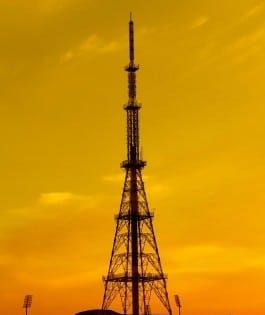Marking and lighting towers and other tall objects that could be obstacles to air navigation is a critical element of aviation safety. Until recently, the Canadian Aviation Regulations contained few clear requirements regarding obstacles to air navigation. On December 31, 2011, new regulations came into effect that expand and clarify these requirements.
The new provisions were in the works for approximately 10 years and were largely driven by a working group composed of representatives from the government, aviation stake-holders, and non-aviation stakeholders (such as energy producers, like Manitoba Hydro) all seeking greater clarity and more concrete requirements under the Regulations.
The new provisions include:
- a clear definition of an “obstacle to air navigation”, which includes specific heights and distances from aerodromes;
- a requirement that obstacles to air navigation are marked and lit;
- a requirement to notify the Minister of any new structure or addition to a structure and to comply with the marking and lighting regulations;
- a prohibition against altering or damaging the marking and lighting of obstacles; and
- the introduction of monetary penalties for non-compliance (including penalties up to $5,000.00 for individuals and $25,000.00 for corporations).
Prior to the amendments, the requirements were drafted more as recommended standards, and not mandatory regulation. Although the vast majority of persons responsible for obstacles to air navigation were already marking and lighting these structures, the amendments clarify the minimum marking and lighting requirements and are designed to reflect current technological advances. The new amendments will ensure uniform continued compliance, and ultimately provide greater security for those navigating the skies.
It should be noted that the new regulations would not have helped prevent a recent collision between a Bell 206B Helicopter and a tower near Elf Lake, Ontario, because the tower in question was below the minimum height required for marking and lighting (300 feet AGL). For a copy of the TSB report regarding this collision (released on January 31, 2012), click here.


